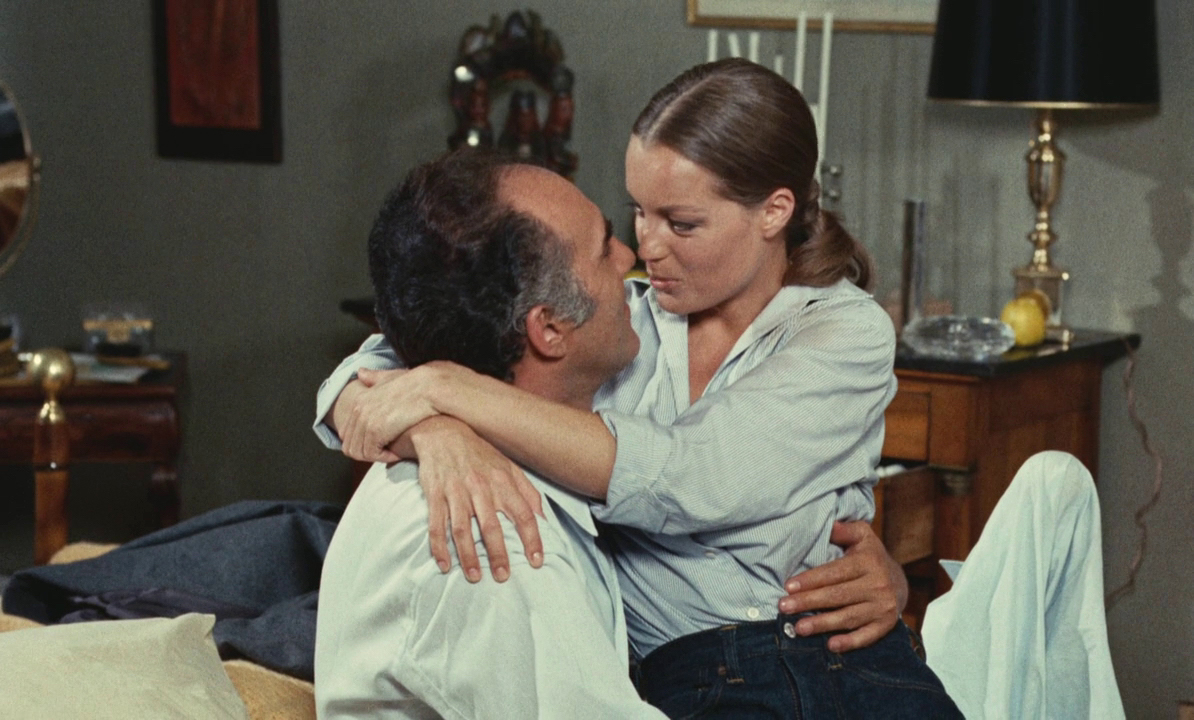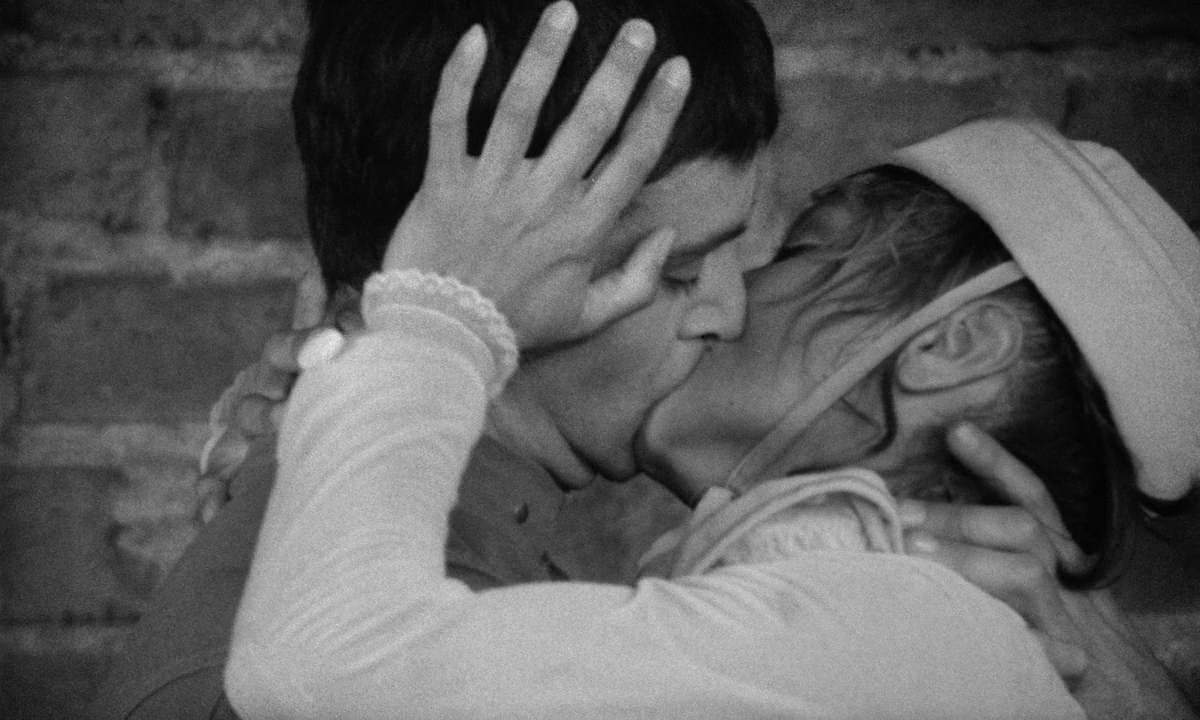Film Art or Culture Industry

I use this last page before the holidays to clarify a thing or two concerning the intentions I have been filling these film pages with so far. Indeed, a few casual remarks from colleagues and readers have led me to conclude that people didn’t know what to make of my pieces of writing. It is my intention to elucidate the things I have been trying to discover, give nuance to and explore for myself and for the readers. It should be clear from the outset that not for one moment did I assume I now have a sound and definitive formula for writing about and dealing with film. On the contrary, I “use” these weekly pages as a constant challenge, which gives me the opportunity to try out new things, both in relation to the subject discussed – film – and the instrument employed – a weekly for cultural information.
Film is (and this is my fundamental assumption) not art in the bourgeois-humanist sense of the word. It is an industry and a very important part of the so-called culture industry at that. Those who switch from the category of art to the category of culture industry ultimately make a political-ideological choice, the consequences of which can hardly be overrated. Those who focus their attention on our society’s superstructure (the level of consciousness, reflection and rationalization) can either be guided by the notion of art or by the notion of culture industry. In both cases, these notions polarize the realm you want to explore, structure it differently, with different accents and different divisions. For example, those who stick to the notion of art will start thinking in either aesthetic (the self-interpretation of the various arts) or existential terms (the maker’s reflection on their making). Those who start from the notion of culture industry will become particularly aware of the sociological significance of various “consciousness industries”. They will wonder what (political-ideological) role these industries play and how this role is played.
The notion of art remains centred around the individual. The notion of culture industry assumes that it plays a major role in our society’s global economy, and an orienting and compensating role in the socio-psychological field. This becomes more apparent when I briefly juxtapose the possible objects of art and the culture industry respectively. Art only has “seven arts”. The most obvious example is the fact that this very magazine [Kunst & Cultuur] is divided in these various arts. Each art has its own laws, its own clan of fans and specialists, its own endangered temples. No bridge is being built towards society as a whole today. The question is never what role a certain art form plays, how elitist art relates to second or third-rate products of writing (all kinds of bestsellers, crime stories, airport novels), the visual arts (the vast industry of kitsch), and so on. While it is precisely this third-rate production that is the most widely distributed quantitatively and the most far-reaching. When you start from the notion of culture industry, you notice that film, advertising, radio and television, sports, newspapers and magazines, urbanism, the toy industry, clothing, make-up, the book industry, popular music and election campaigns, education and marriage all belong to one big system and economy. All these aspects are constantly in motion, constantly relating to each other in a different way. But even though the balance is unstable, it remains in the hands of an elite acting on the basis of alienation and estrangement.
A radically critical attitude, however, does not offer any strategies or tactics. All too often, bourgeois-humanist ideology will ally with critical-progressive attitudes. For the latter, massive negation is what usually serves as political insight and guideline for further action. (Freddy De Vree’s text “The beat goes on” is a classic example.) While the task at hand is to reverse the culture industry’s possibilities through its unstable balance and its relative openness, to point out its weaknesses, and to stimulate a critical attitude with the consumers (a prime example of this subversive labour is the weekly magazine Humo). The obtuse, ultimately utopian and abstract negation is replaced by the demand to develop permanent critical tactics.
Anyone who is afraid of above-used terms such as “criticism” and “politics” should immediately realize that the so-called objective and neutral approach is most certainly political, no matter how unpolitical one may want to be. No matter how capable people think they are as individuals of interpreting their own actions and opinions, they are always interpreted and used differently by society. To forget this political-social dimension is mere reassurance.
What is important in film, for instance? For those who start from the notion of art (individual, immanent aesthetic norms), the boundaries of film criticism, for example, are set by that one isolated film under discussion. There is a well-defined way of reading the film that follows two patterns: first, the subjective experiences of the critic who is faced with that one film (as if it were the first film they ever saw), and second, a number of empirical terms to analyze the film: montage, plot, direction, actors, meaning, and so on. Whether a film is beautiful remains the central question. That beauty ranges from “I liked the film” to “there is a balance of form and content”. For those who start from the notion of culture industry, the reading of a film is oriented altogether differently. They assume that neither the isolated work, nor the abstract spectator-work-maker relationship, nor the subjective impression can tell us something about the way a film operates in our society. What does operate, however, is the totality of a culture industry’s products and the ideology issuing from that totality. What I have tried to elaborate in the previous film pages is precisely an analysis of the ideologies used in the culture industry and unconsciously consumed by the public. I do not try to judge the isolated film on its merits, but rather on its place within the film-industry’s force field. By way of films, I speak about the fundamental forces at work in cinema. In doing so, I do not have the slightest impression that I am speaking about something abstract, precisely because I am convinced that the transmission of diverse ideologies is the fundamental function of the culture industry.
In this light, it is clear that third-rate cinema is equally fascinating study material. All the more so because a precise insight into the functioning of the culture industry will show that its various layers are strongly interconnected (isolated great filmmakers do not exist!). Hence my interest in third-rate works such as Italian westerns and pornographic films, and overtly hypocritical films such as The Christmas Tree and Les choses de la vie. And even more so because these films are actually seen by the public, whereas Goto, l’île d’amour, for example, does not find an audience, despite its beauty.
In this way, I think I can contribute to the much-needed shattering of the divisions that are consciously preserved by the culture industry and that most clearly reveal its class-related role. Prestige filmmakers versus commercial mass products, sophisticated commercial cinema versus the marginal seriality of westerns or pornographic films, art films versus popular films, family films versus risqué films, and so on. In the current social system, there is a misguided distinction between better and worse products. Bergman or Fellini exploit their audience in the same way as pornographic films do. It is important to realize that a different society will have to rethink all aspects of the existing one.
Finally, I would like to apply the critical apparatus I have been formulating here to my own activities as a film critic. Film criticism is by definition a sort of demagogic call to the audience to go and watch a spectacle. Just like fairground attractions are recommended by experienced touters. This does not seem so surprising to me, as a rational, critical discourse is hard to graft onto a spectacle. A spectacle is an event in which one becomes involved; a story, on the other hand, is read from a distance: the distance of words. My film essays at best fit essay films such as Godard’s or Pollet’s, where elements of verbal and rational discourse are an integral part. The radical negation of the spectacle qua direct experience, a negation I practice myself, creates such a distance that people lose their hold entirely. While the literary critic could be someone to follow. This position, which is inevitable due to the film medium’s characteristics, renders my approach irrevocably weak and non-functional.
I do not believe this should lead me to conclude that my view is wrong or that established institutions such as art, art criticism, art organisations, programmes, publications and distribution must be radically reconsidered. The cultural revolution is only getting started.

For over half a century, Belgian critic Dirk Lauwaert (1944-2013) published essays on film for magazines including Film & Televisie, Kunst & Cultuur, Versus, Andere Sinema and De Witte Raaf. In addition, Lauwaert wrote about fashion, photography, the city and visual art. For Lauwaert, such criticism was never a purely professional affair; it was, first and foremost, a way of documenting how a film or a piece of art personally impacted him as an amateur. Lauwaert’s film criticism is not, as yet, internationally recognised. To provide a first corrective to this, Sabzian will be publishing a series of roughly ten English translations of Lauwaert’s most notable writings on film. This will provide our international audience with an occasion to become acquainted with his work and its singular writings. Lauwaert was an author for whom “watching film and loving film [was] a way to be with the world”. Remaining suspicious of “the power over the concrete, which is indispensable for life,” Lauwaert was someone for whom the act of watching films made up his “whole life.” In this sense, film for Lauwaert turned into the experience of that “essential, sublime distance.” A more extensive English introduction to Lauwaert can be found here.
This text first appeared as “Filmkunst of cultuurindustrie” in Kunst en Cultuur 3, no. 24 (17 June 1970), and later in De Witte Raaf 171 (september-oktober 2014).
This translation was published by courtesy of Reinhilde Weyns and Bart Meuleman.
Image (1) from Les choses de la vie (Claude Sautet, 1970)
Image (2) from Goto, l'Île d’amour (Walerian Borowczyk, 1969)

